Natural sources
Two thirds of the world’s production of the decahydrate (Glauber’s salt) is from the natural mineral form mirabilite, for example as found in lake beds in southern Saskatchewan. In 1990, Mexico and Spain were the world’s main producers of natural sodium sulfate (each around 500,000 tonnes), with Russia, United States and Canada around 350,000 tonnes each. Natural resources are estimated at over 1 billion tonnes.
Major producers of 200,000 to 1,500,000 tonnes/year in 2006 included Searles Valley Minerals (California, US), Airborne Industrial Minerals (Saskatchewan, Canada), Química del Rey (Coahuila, Mexico), Minera de Santa Marta and Criaderos Minerales Y Derivados, also known as Grupo Crimidesa (Burgos, Spain), Minera de Santa Marta (Toledo, Spain), Sulquisa (Madrid, Spain), Chengdu Sanlian Tianquan Chemical (Tianquan County, Sichuan, China), Hongze Yinzhu Chemical Group (Hongze District, Jiangsu, China), Nafine Chemical Industry Group (Shanxi, China), Sichuan Province Chuanmei Mirabilite (万胜镇, Dongpo District, Meishan, Sichuan, China), and Kuchuksulphat JSC (Altai Krai, Siberia, Russia).
Anhydrous sodium sulfate occurs in arid environments as the mineral thenardite. It slowly turns to mirabilite in damp air. Sodium sulfate is also found as glauberite, a calcium sodium sulfate mineral. Both minerals are less common than mirabilite.
Chemical industry
About one third of the world’s sodium sulfate is produced as by-product of other processes in chemical industry. Most of this production is chemically inherent to the primary process, and only marginally economical. By effort of the industry, therefore, sodium sulfate production as by-product is declining.
The most important chemical sodium sulfate production is during hydrochloric acid production, either from sodium chloride (salt) and sulfuric acid, in the Mannheim process, or from sulfur dioxide in the Hargreaves process. The resulting sodium sulfate from these processes is known as salt cake.
- Mannheim: 2 NaCl + H2SO4 → 2 HCl + Na2SO4
- Hargreaves: 4 NaCl + 2 SO2 + O2 + 2 H2O → 4 HCl + 2 Na2SO4
The second major production of sodium sulfate are the processes where surplus sodium hydroxide is neutralised by sulfuric acid, as applied on a large scale in the production of rayon. This method is also a regularly applied and convenient laboratory preparation.
- 2 NaOH(aq) + H2SO4(aq) → Na2SO4(aq) + 2 H2O(l) ΔH = -112.5 kJ (highly exothermic)
In the laboratory it can also be synthesized from the reaction between sodium bicarbonate and magnesium sulfate.
- 2NaHCO3 + MgSO4 → Na2SO4 + Mg(OH)2 + 2CO2
However, as commercial sources are readily available, laboratory synthesis is not practised often. Formerly, sodium sulfate was also a by-product of the manufacture of sodium dichromate, where sulfuric acid is added to sodium chromate solution forming sodium dichromate, or subsequently chromic acid. Alternatively, sodium sulfate is or was formed in the production of lithium carbonate, chelating agents, resorcinol, ascorbic acid, silica pigments, nitric acid, and phenol.
Bulk sodium sulfate is usually purified via the decahydrate form, since the anhydrous form tends to attract iron compounds and organic compounds. The anhydrous form is easily produced from the hydrated form by gentle warming.
Major sodium sulfate by-product producers of 50–80 Mt/a in 2006 include Elementis Chromium (chromium industry, Castle Hayne, NC, US), Lenzing AG (200 Mt/a, rayon industry, Lenzing, Austria), Addiseo (formerly Rhodia, methionine industry, Les Roches-Roussillon, France), Elementis (chromium industry, Stockton-on-Tees, UK), Shikoku Chemicals (Tokushima, Japan) and Visko-R (rayon industry, Russia).
Applications
Sodium sulfate used to dry an organic liquid. Here clumps form, indicating the presence of water in the organic liquid.
By further application of sodium sulfate the liquid may be brought to dryness, indicated here by the absence of clumping.
Commodity industries
With US pricing at $30 per tonne in 1970, up to $90 per tonne for salt cake quality, and $130 for better grades, sodium sulfate is a very cheap material. The largest use is as filler in powdered home laundry detergents, consuming approx. 50% of world production. This use is waning as domestic consumers are increasingly switching to compact or liquid detergents that do not include sodium sulfate.
Another formerly major use for sodium sulfate, notably in the US and Canada, is in the Kraft process for the manufacture of wood pulp. Organics present in the “black liquor” from this process are burnt to produce heat, needed to drive the reduction of sodium sulfate to sodium sulfide. However, due to advances in the thermal efficiency of the Kraft recovery process in the early 1960s, more efficient sulfur recovery was achieved and the need for sodium sulfate makeup was drastically reduced . Hence, the use of sodium sulfate in the US and Canadian pulp industry declined from 1,400,000 tonnes per year in 1970 to only approx. 150,000 tonnes in 2006.
The glass industry provides another significant application for sodium sulfate, as second largest application in Europe. Sodium sulfate is used as a fining agent, to help remove small air bubbles from molten glass. It fluxes the glass, and prevents scum formation of the glass melt during refining. The glass industry in Europe has been consuming from 1970 to 2006 a stable 110,000 tonnes annually.
Sodium sulfate is important in the manufacture of textiles, particularly in Japan, where it is the largest application. Sodium sulfate helps in “levelling”, reducing negative charges on fibres so that dyes can penetrate evenly. Unlike the alternative sodium chloride, it does not corrode the stainless steel vessels used in dyeing. This application in Japan and US consumed in 2006 approximately 100,000 tonnes.
Food industry
Sodium sulfate is used as a diluent for food colours. It is known as E number additive E514.
Thermal storage
The high heat storage capacity in the phase change from solid to liquid, and the advantageous phase change temperature of 32 °C (90 °F) makes this material especially appropriate for storing low grade solar heat for later release in space heating applications. In some applications the material is incorporated into thermal tiles that are placed in an attic space while in other applications the salt is incorporated into cells surrounded by solar–heated water. The phase change allows a substantial reduction in the mass of the material required for effective heat storage (the heat of fusion of sodium sulfate decahydrate is 82 kJ/mol or 252 kJ/kg), with the further advantage of a consistency of temperature as long as sufficient material in the appropriate phase is available.
For cooling applications, a mixture with common sodium chloride salt (NaCl) lowers the melting point to 18 °C (64 °F). The heat of fusion of NaCl·Na2SO4·10H2O, is actually increased slightly to 286 kJ/kg.
Small-scale applications
In the laboratory, anhydrous sodium sulfate is widely used as an inert drying agent, for removing traces of water from organic solutions.It is more efficient, but slower-acting, than the similar agent magnesium sulfate. It is only effective below about 30 °C, but it can be used with a variety of materials since it is chemically fairly inert. Sodium sulfate is added to the solution until the crystals no longer clump together; the two video clips (see above) demonstrate how the crystals clump when still wet, but some crystals flow freely once a sample is dry.
Glauber’s salt, the decahydrate, is used as a laxative. It is effective for the removal of certain drugs such as paracetamol (acetaminophen) from the body, for example, after an overdose.
In 1953, sodium sulfate was proposed for heat storage in passive solar heating systems. This takes advantage of its unusual solubility properties, and the high heat of crystallisation (78.2 kJ/mol).
Other uses for sodium sulfate include de-frosting windows, starch manufacture, as an additive in carpet fresheners, and as an additive to cattle feed.
At least one company, Thermaltake, makes a laptop computer chill mat (iXoft Notebook Cooler) using sodium sulfate decahydrate inside a quilted plastic pad. The material slowly turns to liquid and recirculates, equalizing laptop temperature and acting as an insulation.




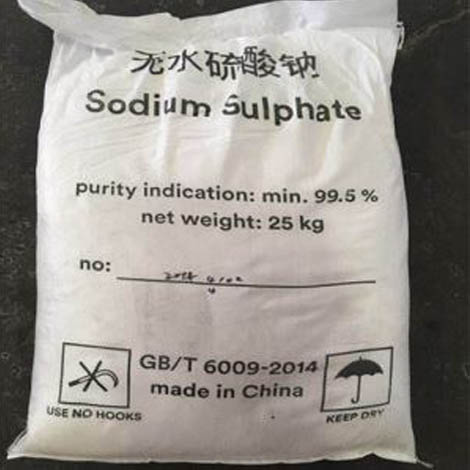
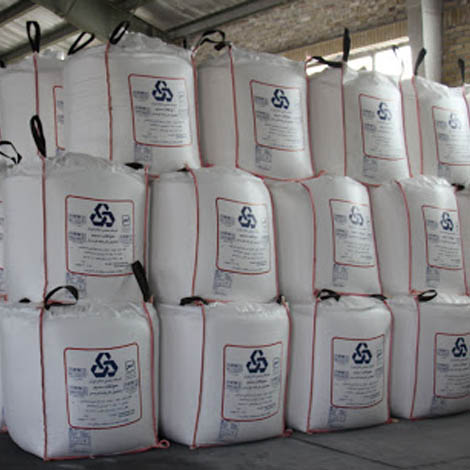
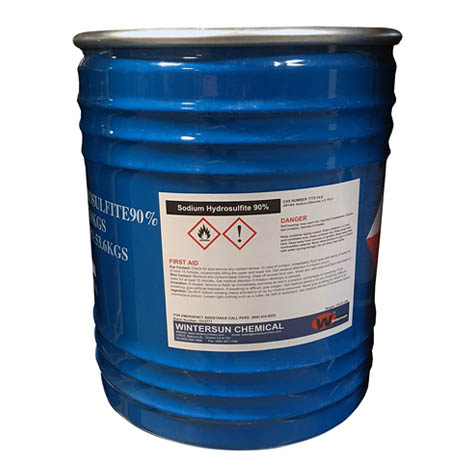
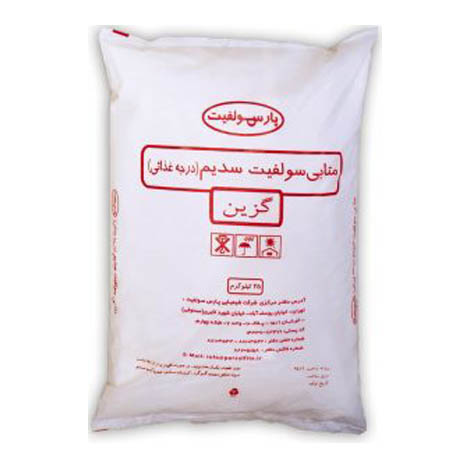
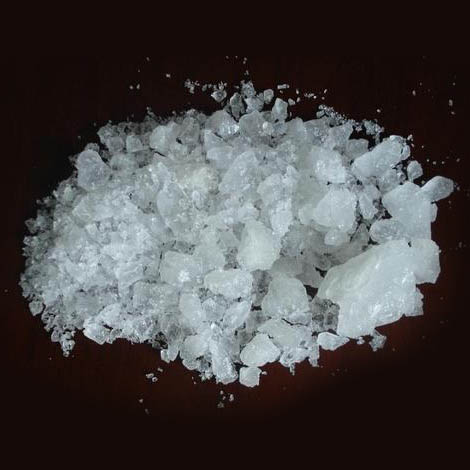
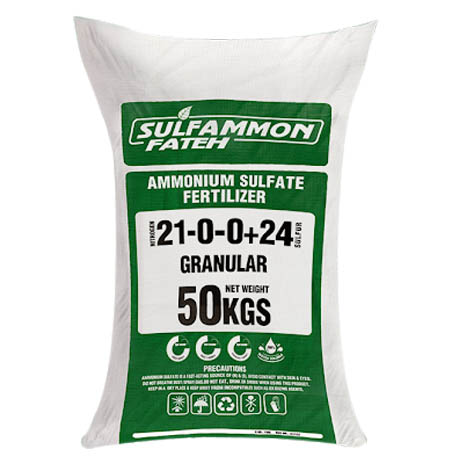

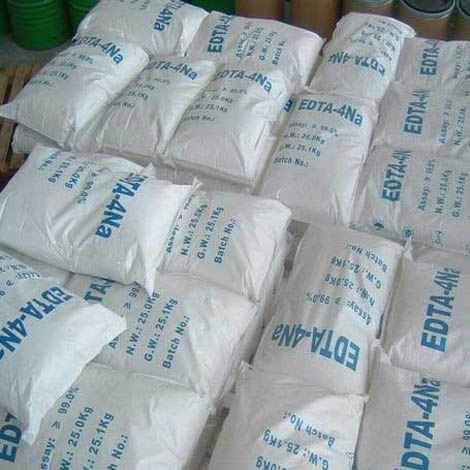

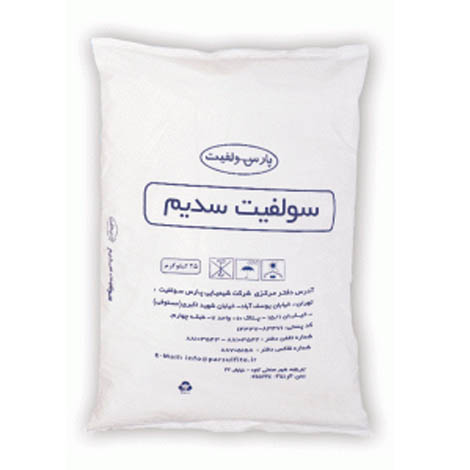
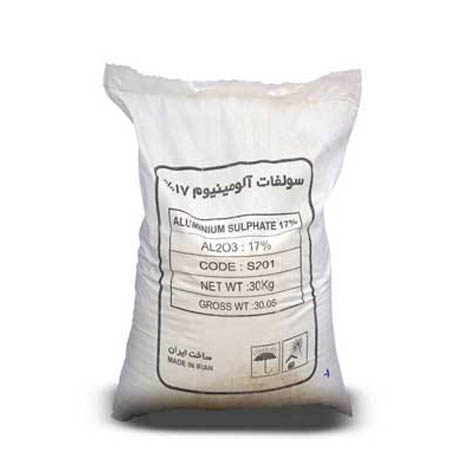


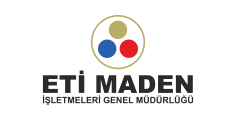
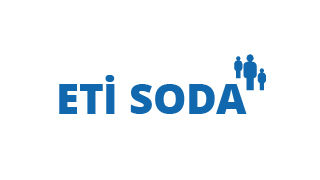
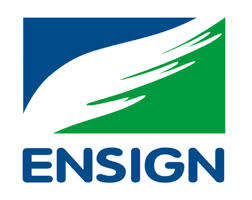


Reviews
There are no reviews yet.